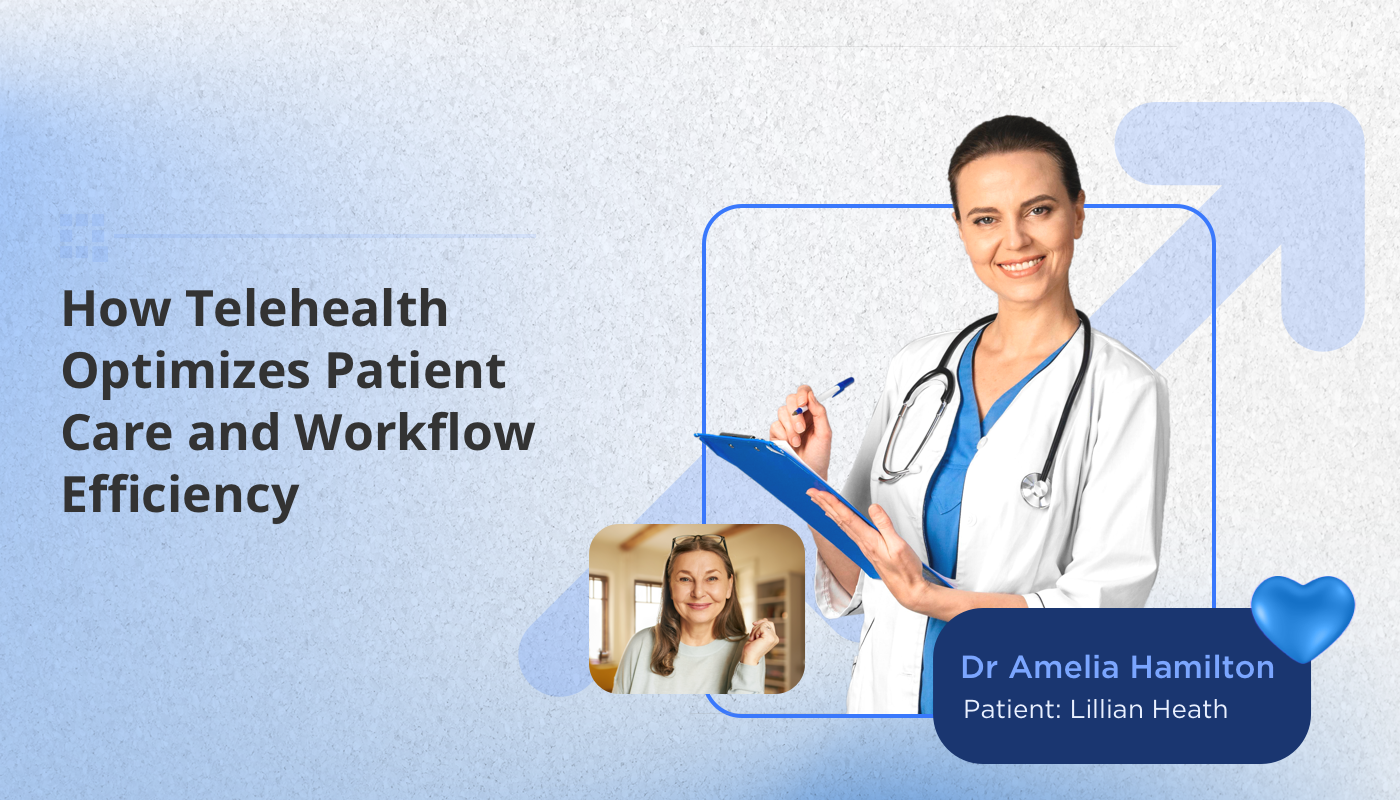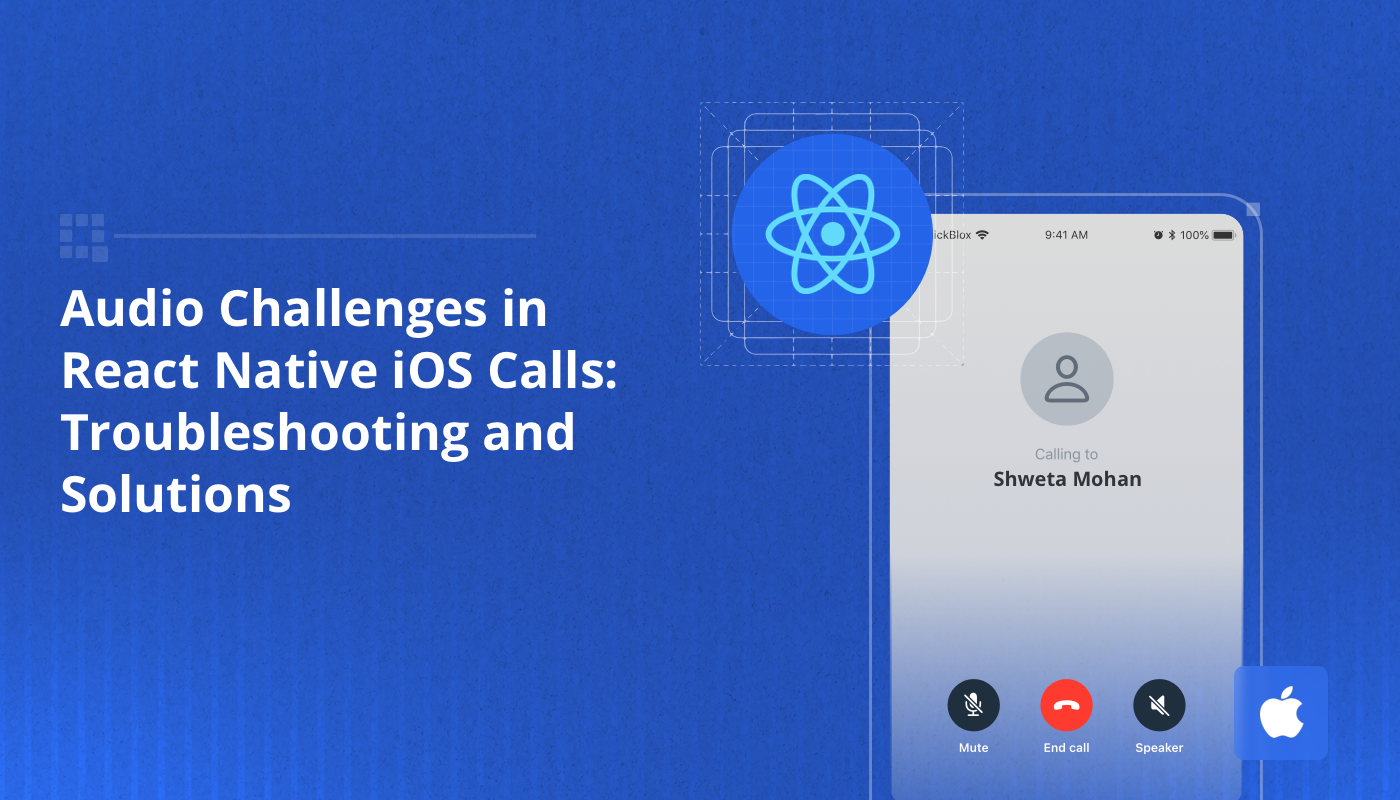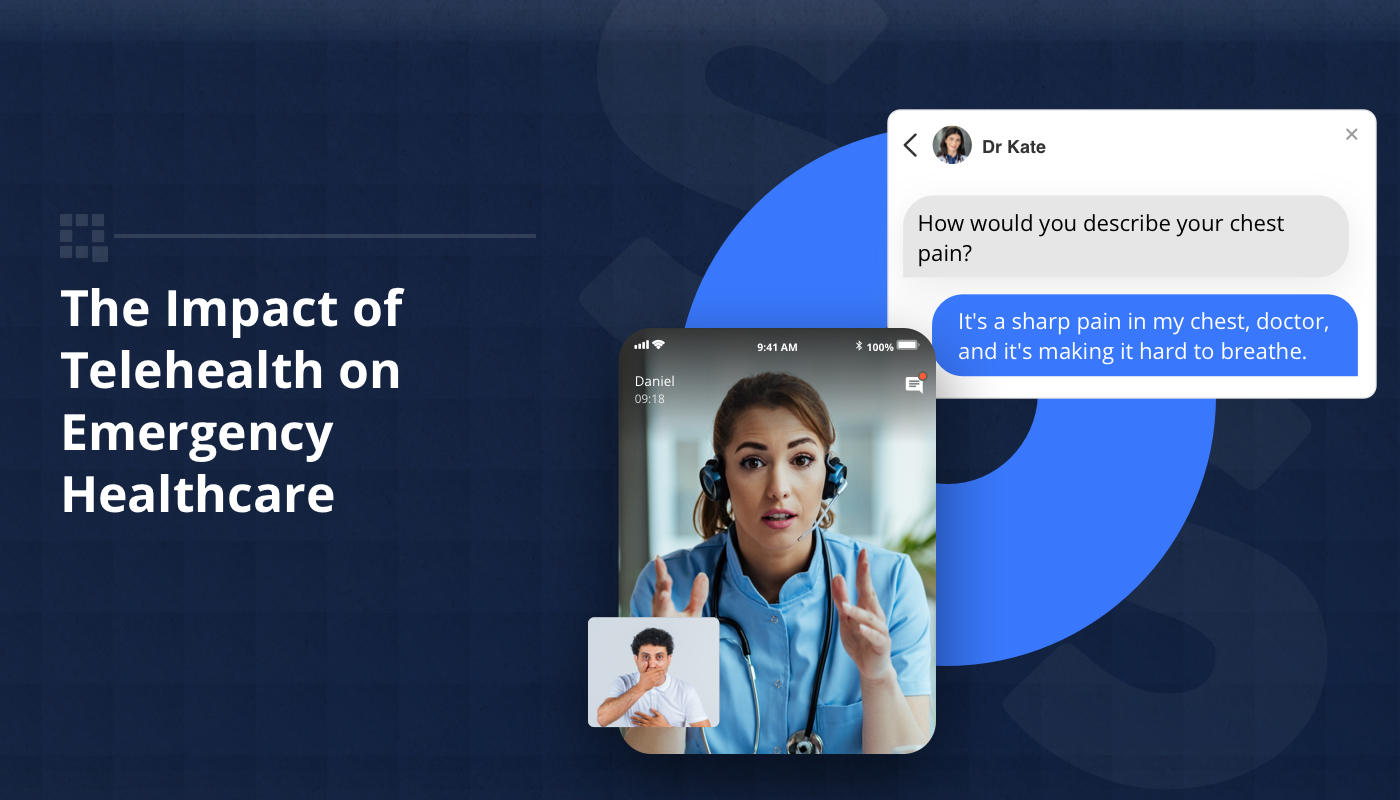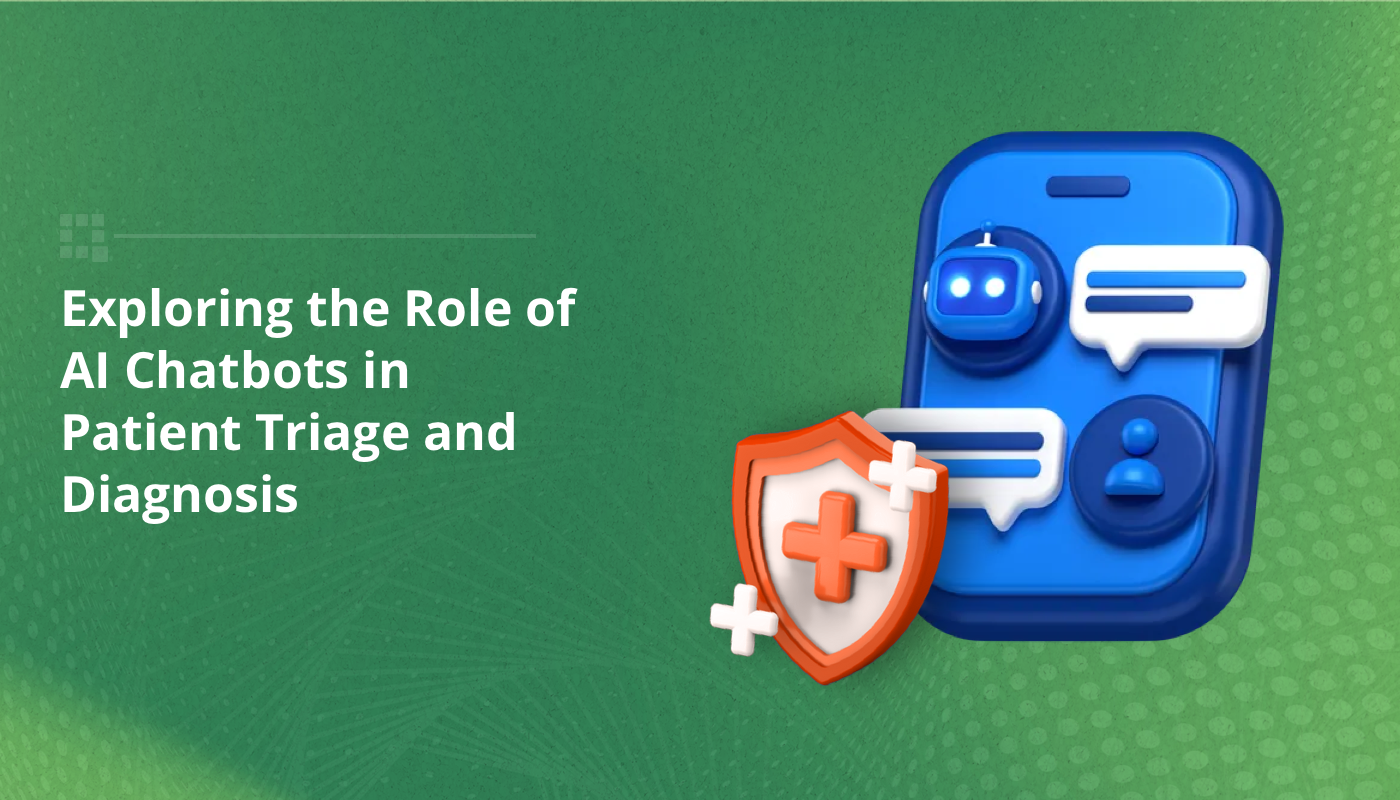
Summary: This blog post explores the growing adoption of telehealth and its impact on healthcare delivery. It first highlights how telehealth offers a more convenient and accessible way for patients to receive care, exploring several different use cases. It then explores how telehealth can optimize workflow efficiency for medical staff and improve access to specialists and urgent care.
Table of Contents
Introduction
The US healthcare system currently faces a significant shortage in staff including doctors, nurses, and administrators. An estimated deficit of up to 124,000 physicians by 2033 coupled with the need to recruit 200,000 nurses annually to meet escalating demands, means that this problem is not going away any time soon. These statistics underscore a very real need for innovative solutions to optimize care and workflow efficiency. One such solution that has gained traction in recent years is telehealth. By leveraging technology to facilitate care delivery, telehealth can help to alleviate the current strain on healthcare resources. But regardless of the healthcare labor shortage, telehealth offers a wealth of benefits for both patients and providers. In this article, we explore how telehealth can optimize the way healthcare is delivered and managed.
Telehealth, the use of telecommunications technology to deliver healthcare services remotely, has seen explosive growth in recent years, catalyzed by the COVID-19 pandemic. According to the Centers for Disease Control and Prevention (CDC), telehealth use among adults in the United States rose to 37.0% in 2021. These numbers have declined since then, but still remain higher than pre-COVID rates. According to a nationwide survey, telehealth utilization in the US increased 7% in January 2023.
Furthermore, since the height of the COVID epidemic which saw widespread use of telehealth for basic doctor-patient consultation, healthcare professionals are applying telehealth for an ever expanding range of healthcare use cases. From chronic disease management like diabetes or heart failure, to mental health therapy and even specialist consultations in rural areas, telehealth is transforming how we deliver care.
The Power of Telehealth for Patient Engagement and Care Delivery
Telehealth adoption not only alleviates pressure off medical staff and provides convenience, this technology offers a unique opportunity to improve the quality of care patients receive. By removing traditional barriers and fostering a more patient-centered approach, telehealth can improve how we deliver healthcare services. Let’s explore some key examples:
Increased Accessibility: Telehealth removes geographical restrictions and reduces the burden of travel for patients. This is especially beneficial for individuals in rural areas, those with limited mobility, or those juggling busy schedules. Long trips can be replaced with a quick video call, increasing accessibility to healthcare for all.
Improved Specialist Care: Telehealth helps patients and specialists communicate, which is especially helpful for people living in remote places with little access to specialized care. With the ability to consult remotely, a specialist in a distant city can now provide a patient with important expertise that might not otherwise be available.
Enhanced Chronic Disease Management: Frequent check-ins are essential for people managing long-term diseases like diabetes or heart failure. Telehealth allows for more frequent monitoring and medication adjustments without requiring constant in-person visits.
Studies have shown the effectiveness of telehealth in managing chronic conditions, such as diabetes, hypertension, and rheumatoid arthritis. Remote monitoring tools can also be integrated with telehealth platforms, allowing healthcare providers to track vitals and health data in real-time.
Streamlined Post-Surgical Care: Post-surgical care can be greatly improved with telehealth consultations. Patients frequently need assistance and have queries throughout their recuperation. Patients can communicate with their doctors more easily and effectively through telehealth consultations, which lower the risk of readmission to hospitals and raise patient satisfaction. For example, the AlloCare app by CareDX not only allows transplant patients to access a wealth of data and monitoring tools before and after their surgery, they can also use the app to stay in contact with CareDx Patient Care Managers.
Availability of Urgent Care: Telehealth can also improve access to urgent care. For situations that don’t require an emergency room visit but necessitate prompt medical attention, telehealth consultations can provide a faster and more convenient solution. This can be especially valuable in areas with limited urgent care facilities or during times of high demand. Veteran services in the United States are implementing new telehealth initiatives– such as the VA Health Chat App– to provide urgent care services for veterans, allowing them to connect with a doctor in as little as 60 seconds.
Home Healthcare for the Aged: The aging population is driving a surge in home healthcare services, with digital communication playing a significant role. Seniors often prefer the comfort and familiarity of their own homes while receiving medical attention. Telehealth perfectly complements this trend. Regular check-ins with doctors via video calls can replace unnecessary trips to the clinic.
Additionally, telehealth platforms can integrate with remote monitoring devices, allowing healthcare providers to track vitals and health data in real-time, enabling proactive interventions and improved health outcomes.
Streamlining Workflow Efficiency with Telehealth Integration
Of course it’s not just patients who benefit from telehealth. Integrating telehealth features into your healthcare platform can significantly optimize clinic workflows, reducing pressure on limited staff resources and leading to improved efficiency and productivity. Here’s how:
Reduced Appointment Backlogs and Wait Times: Telehealth consultations are an ideal way to handle medication refills, post-surgery follow-ups, and regular check-ups. Telehealth addresses appointment backlogs and shortens patient wait times by freeing up valuable clinic time for more complicated situations requiring in-person examinations. This improves resource allocation by enabling medical staff to concentrate on patients who actually require physical examinations.
Enhanced Staff Productivity: Telehealth eliminates the need for lengthy patient intake procedures and paperwork associated with traditional appointments. Staff can focus on more critical tasks like patient care planning and communication, streamlining their workday and increasing their overall productivity.
Improved Communication and Collaboration: Telehealth platforms can facilitate secure messaging and real-time data sharing between healthcare professionals. This allows for effective teamwork and communication, enabling clinicians to easily exchange patient data or have remote consultations with experts.
Increased Patient Capacity: By incorporating telehealth, clinics may serve a larger patient population without requiring more physical space. This means that more patients can be accommodated without the need for expensive infrastructure expansion.
Potential for Cost Savings: Telehealth can result in cost savings by lowering in-person visits, enabling clinics to reduce overhead related to in-person appointments.
Remote Data Collection: Vital signs, medication adherence information, and patient-reported outcomes can all be recorded remotely during telehealth consultations by utilizing a variety of technologies. Beyond the scope of a single in-person visit, this real-time data stream provides a more complete view of a patient’s health status.
Improved Diagnostics: Having access to a larger variety of patient data can enable medical professionals to diagnose patients with greater accuracy. Telehealth has the potential to result in earlier interventions and better patient outcomes by tracking trends and spotting warning signs.
Personalized Care Plans: Treatment programs can be customized using telehealth data to meet the needs of each patient. With a more holistic view of a patient’s health, providers can develop personalized interventions and adjust care strategies remotely, promoting better patient engagement and adherence to treatment plans.
Integration with Existing Data Platforms: Telehealth data can seamlessly integrate with existing electronic health records (EHR) systems. With the use of this combined data, longitudinal trend analysis is possible, offering insightful information about a patient’s whole health trajectory. Furthermore, identifying at-risk patients and prioritizing preventative care initiatives can be facilitated by integration with population health management tools.
Conclusion
With its patient-centered focus and ability to enhance communication and collaboration, telehealth promises to optimize patient care and workflow efficiency. Whether it’s managing chronic conditions from home, or providing specialist consultations remotely, or simply having a convenient way to connect with patients and other healthcare providers, telehealth is changing how we access and deliver healthcare.
Integrating a robust telehealth solution into your healthcare platform can unlock these benefits, leading to a more efficient, patient-centric approach to care.
QuickBlox, a leading provider of healthcare communication solutions, offers a suite of HIPAA-compliant features specifically designed to enhance your telehealth platform. From secure video conferencing and real-time messaging to data encryption and seamless integration with existing systems, QuickBlox empowers you to create a secure and user-friendly telehealth experience for your patients.
Talk to a sales expert
Learn more about our products and get your questions answered.
Contact sales



















